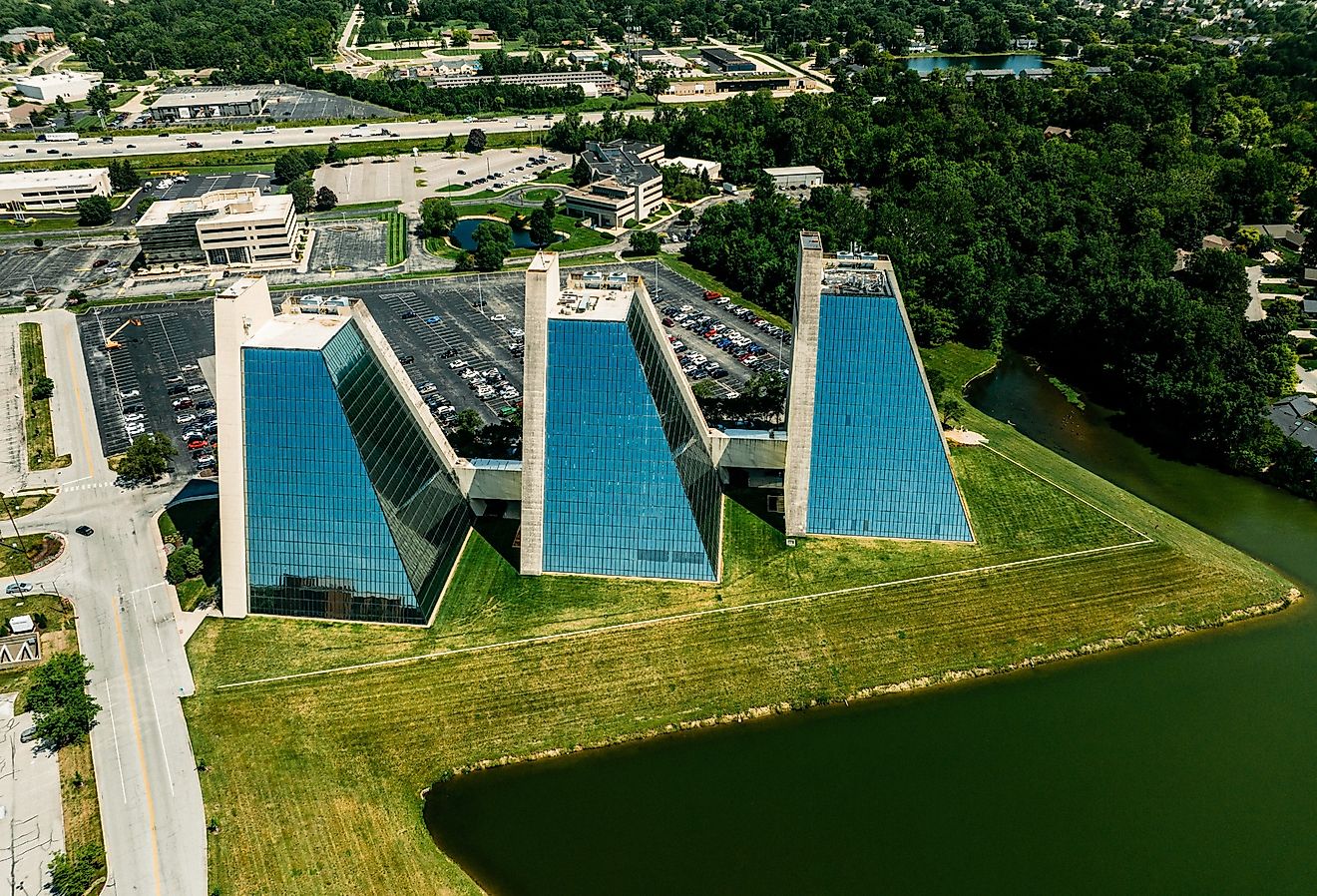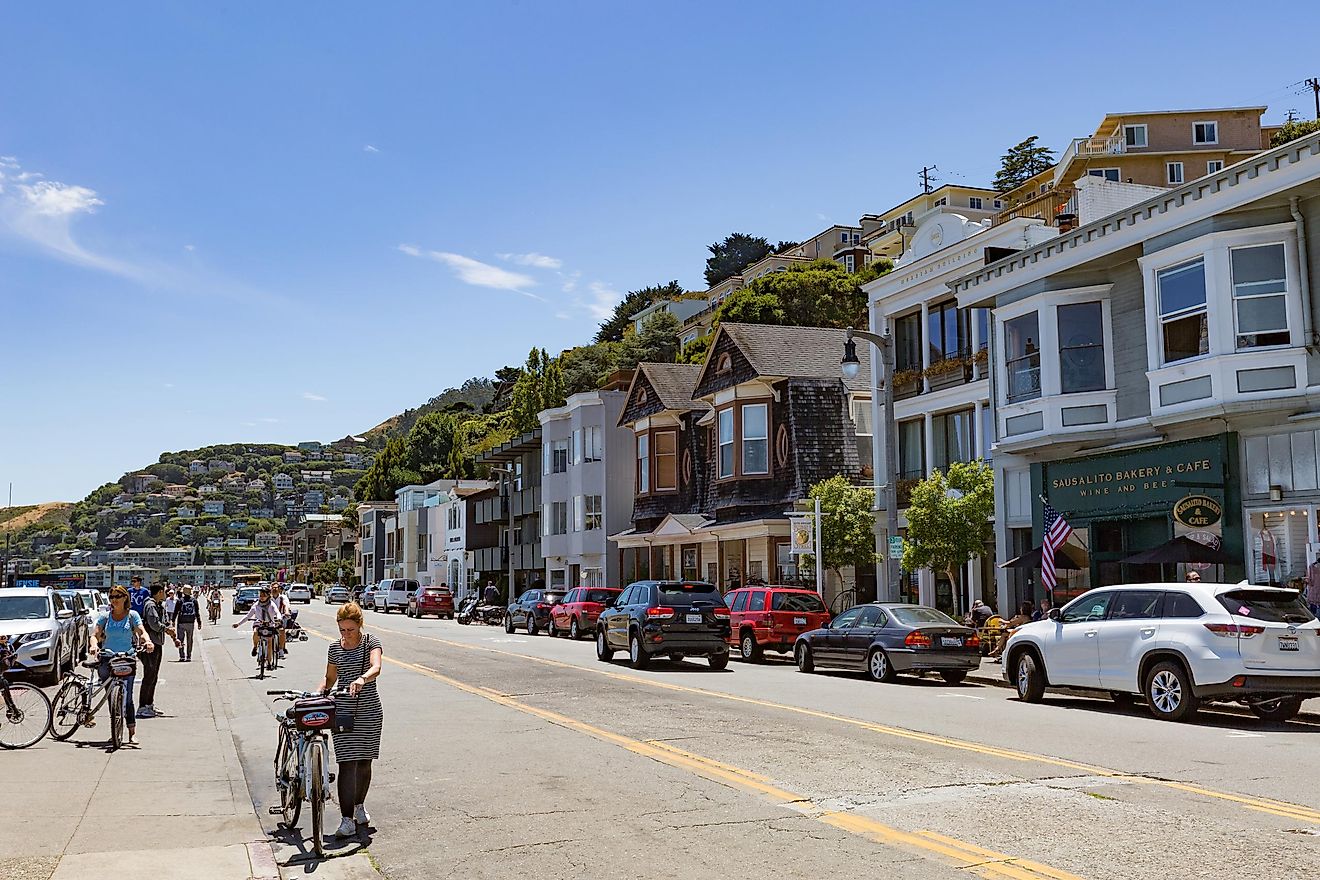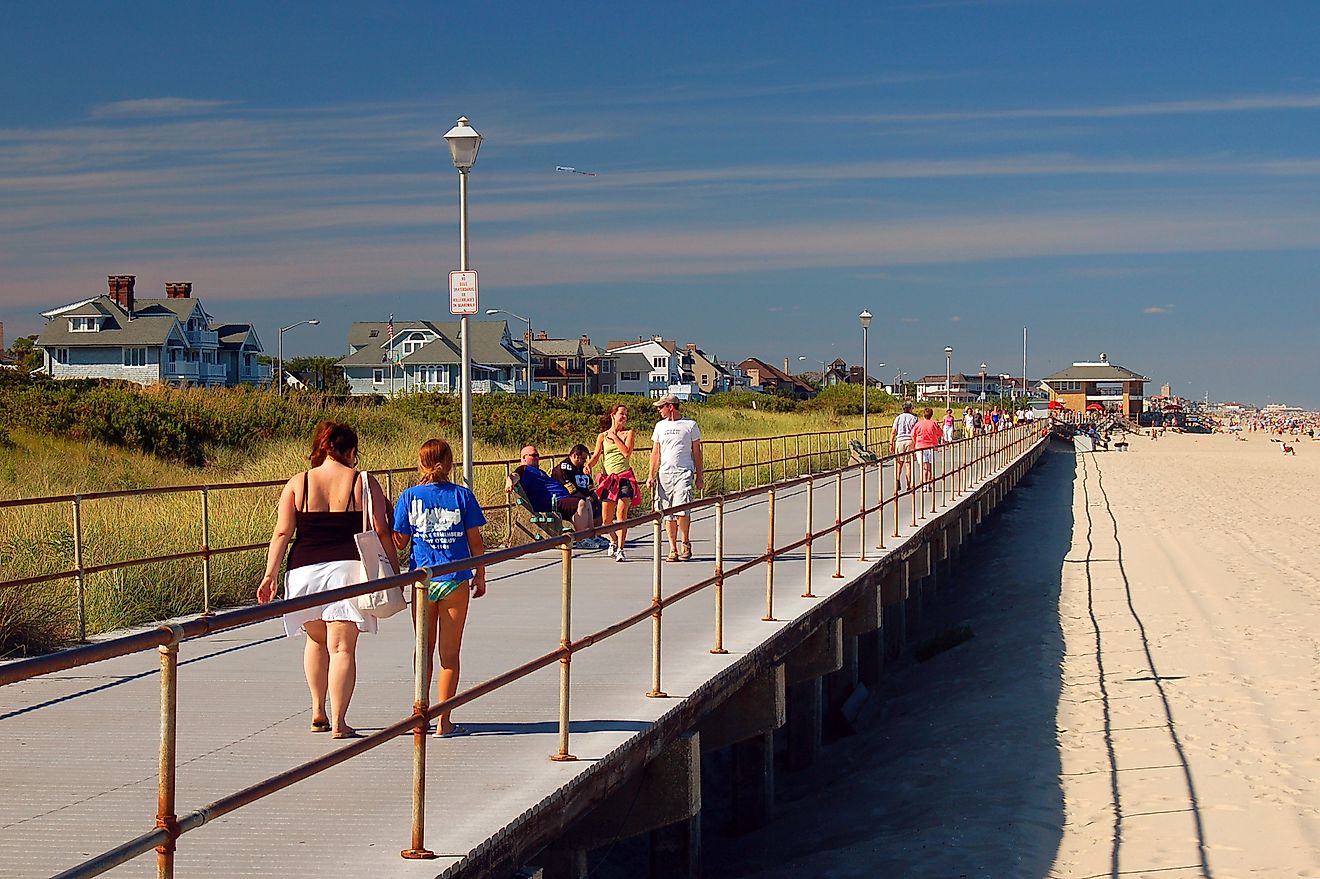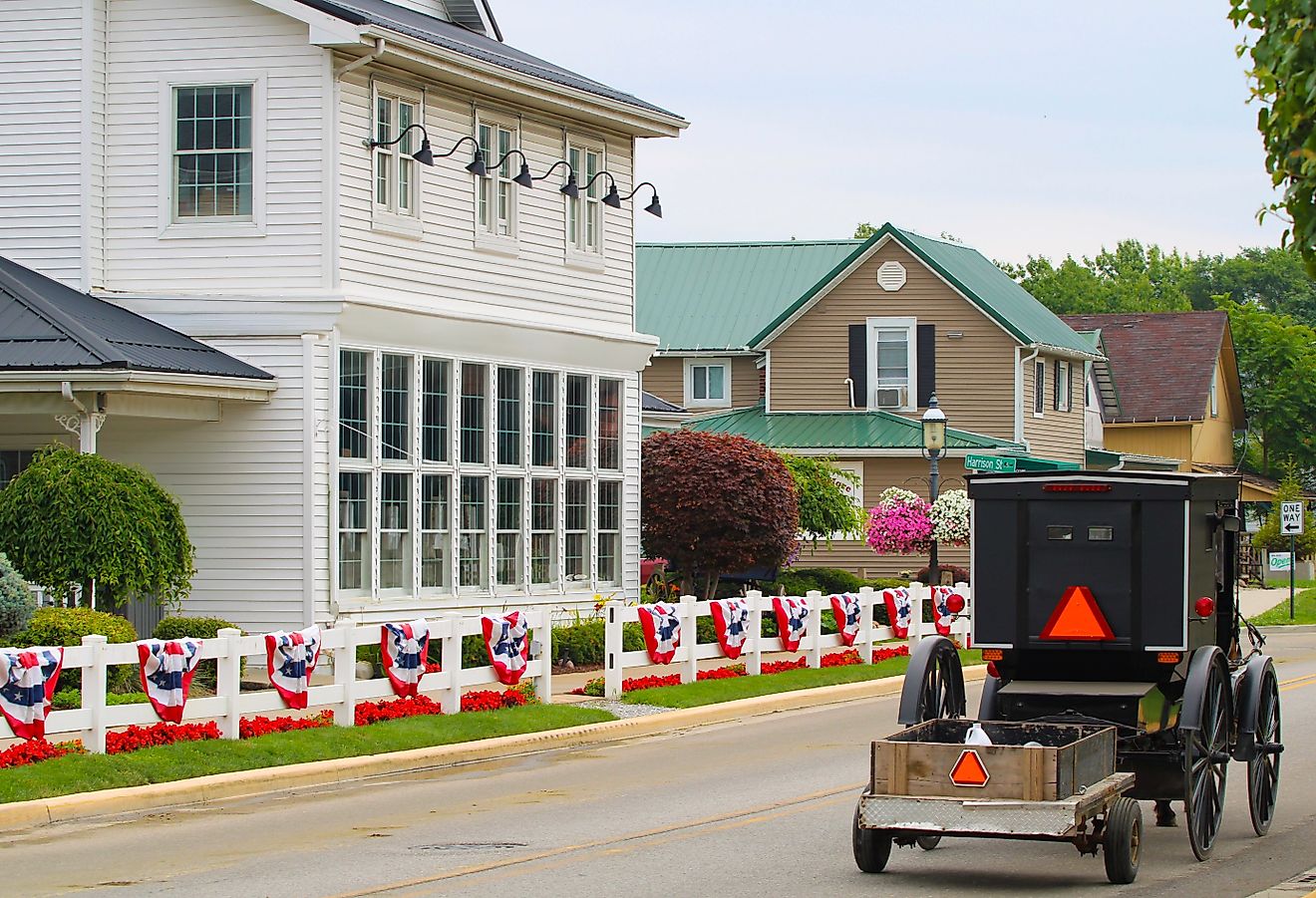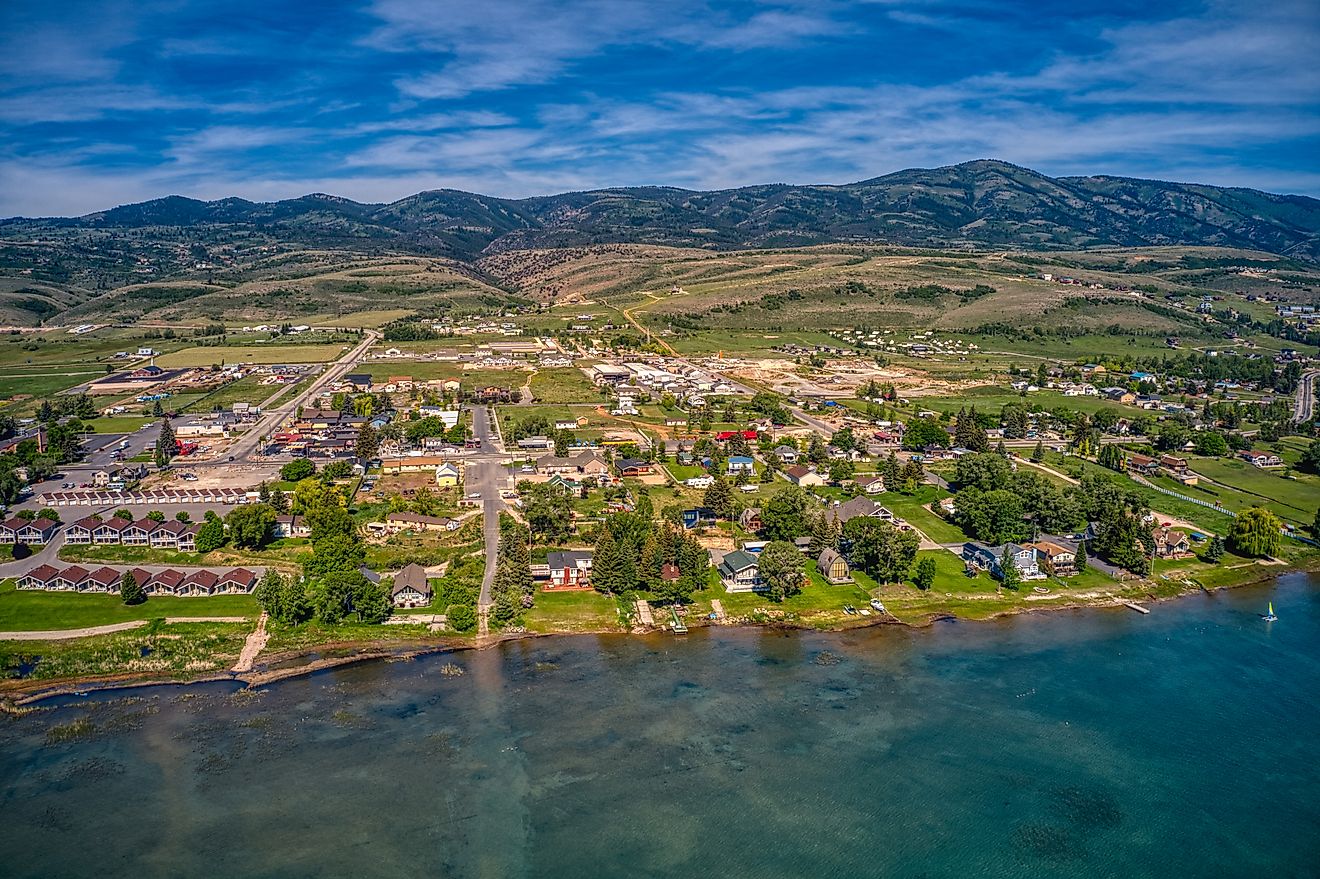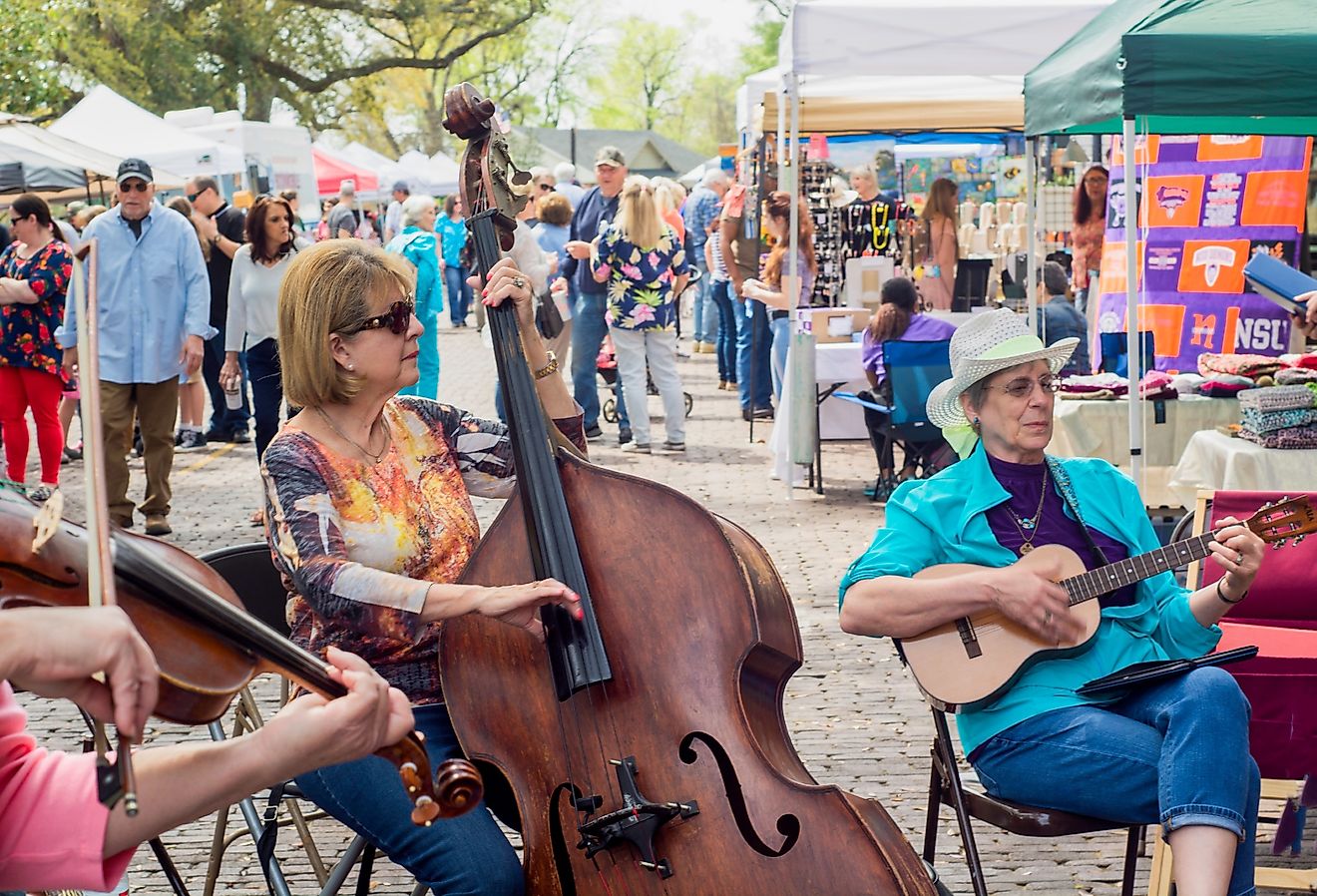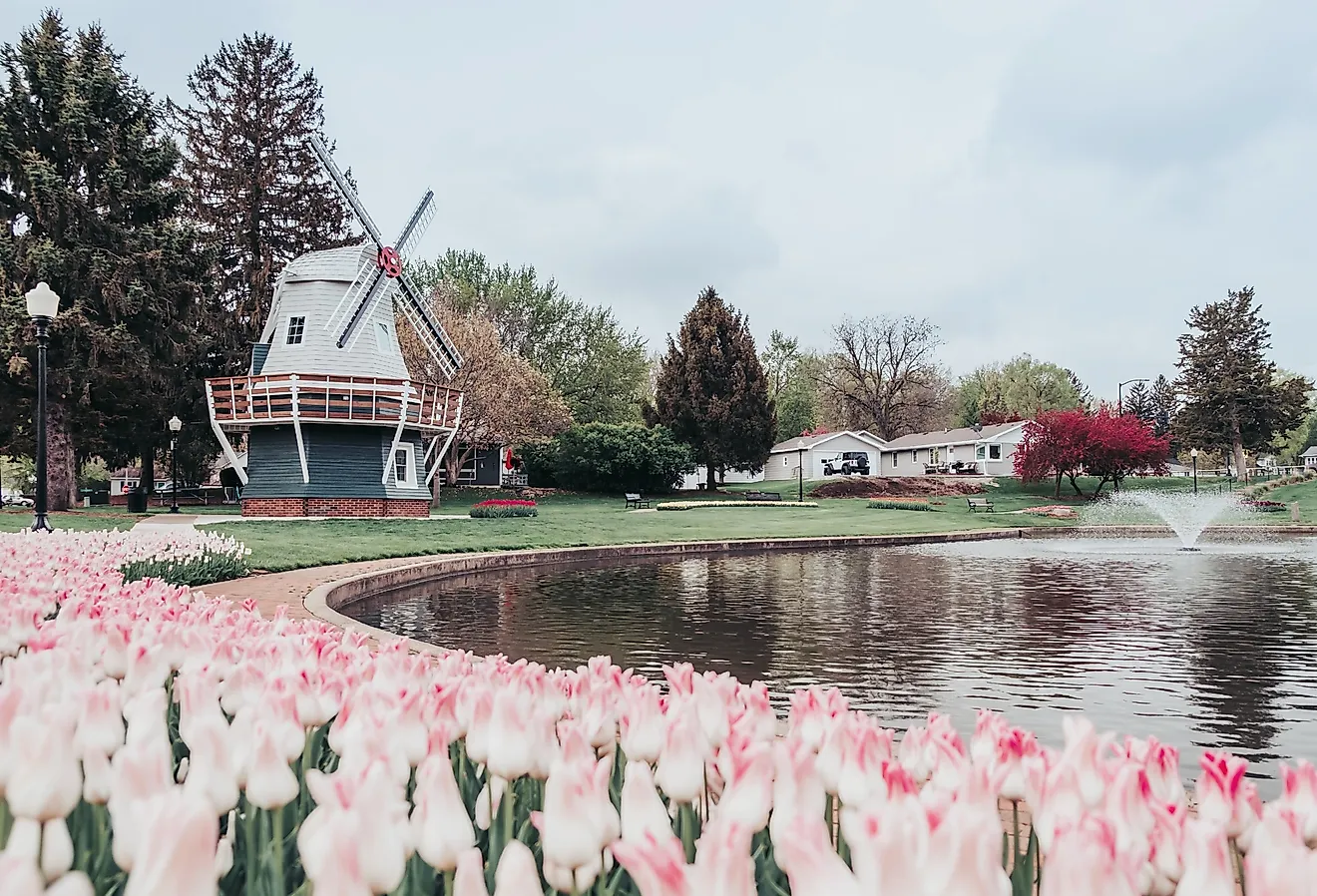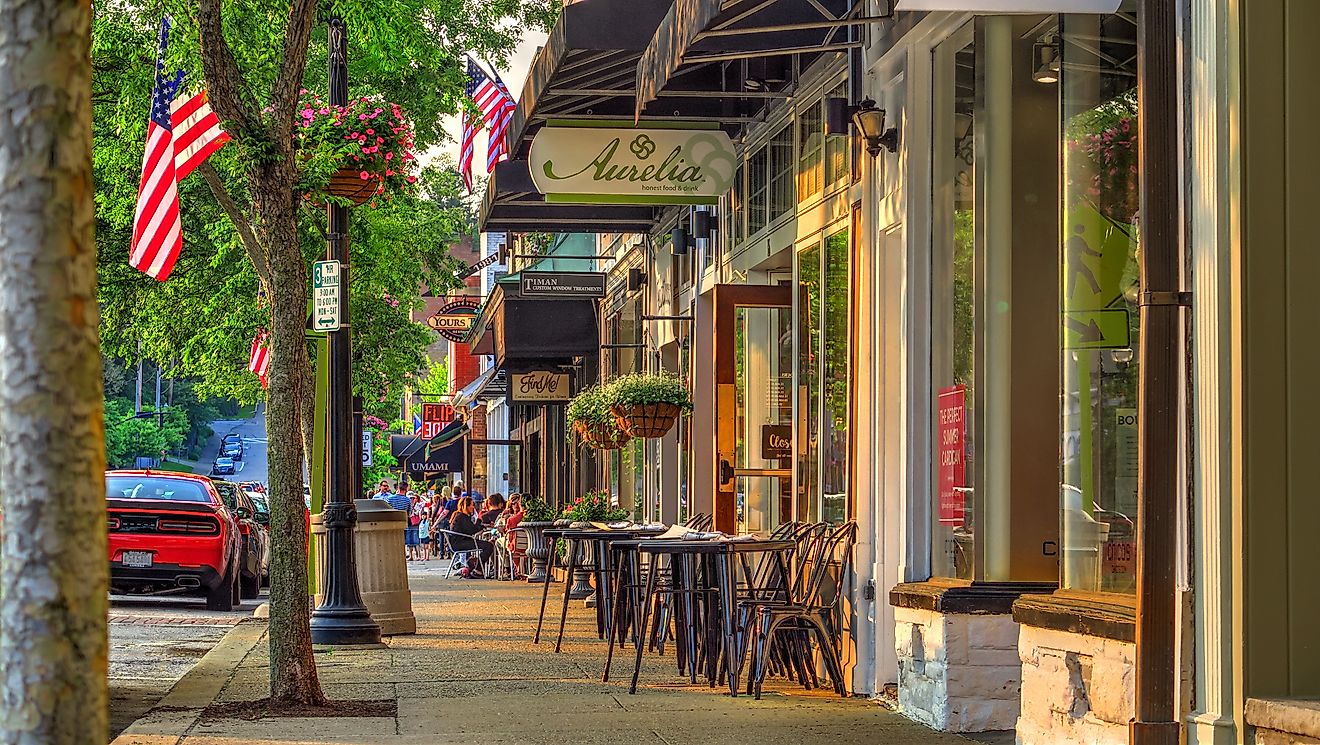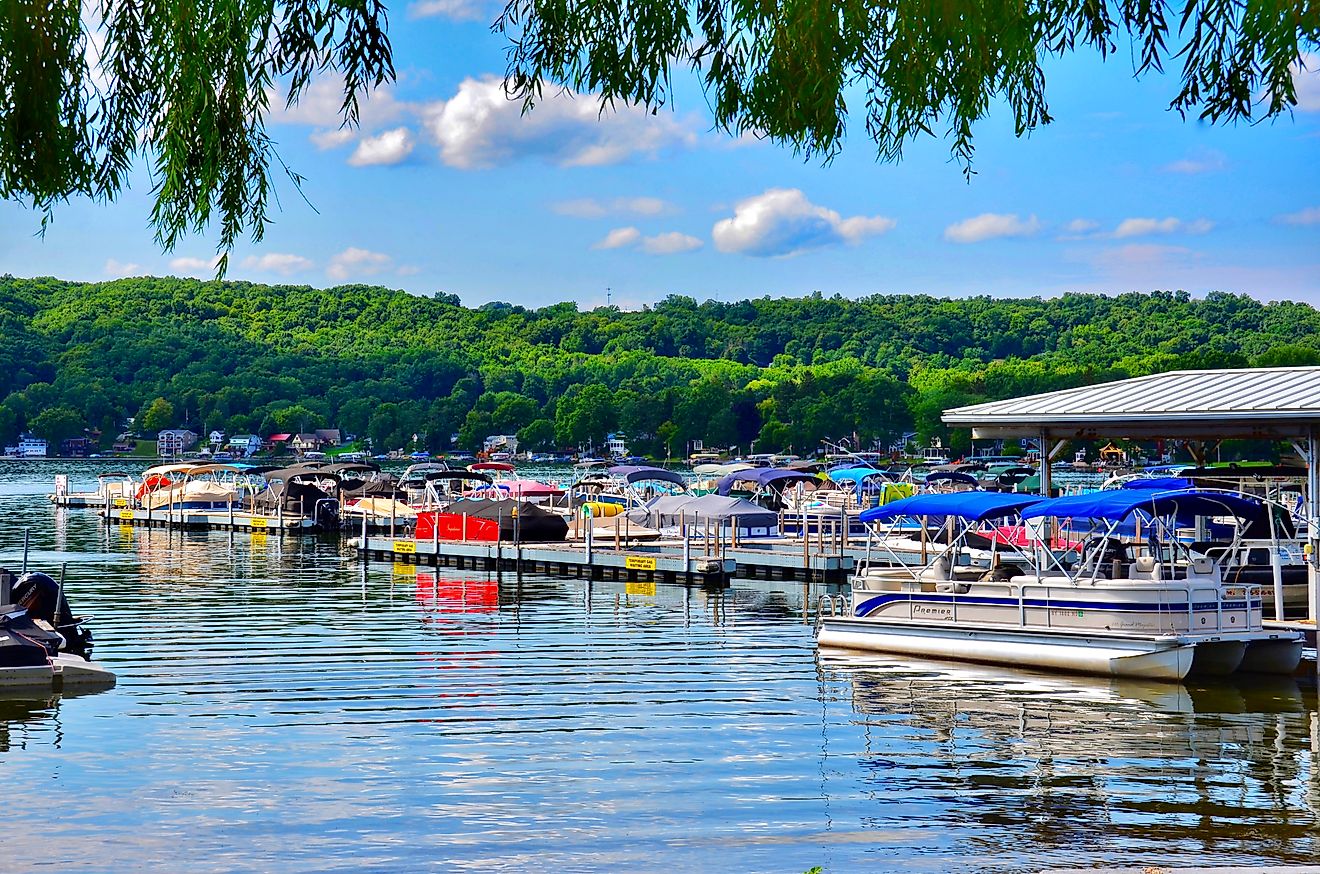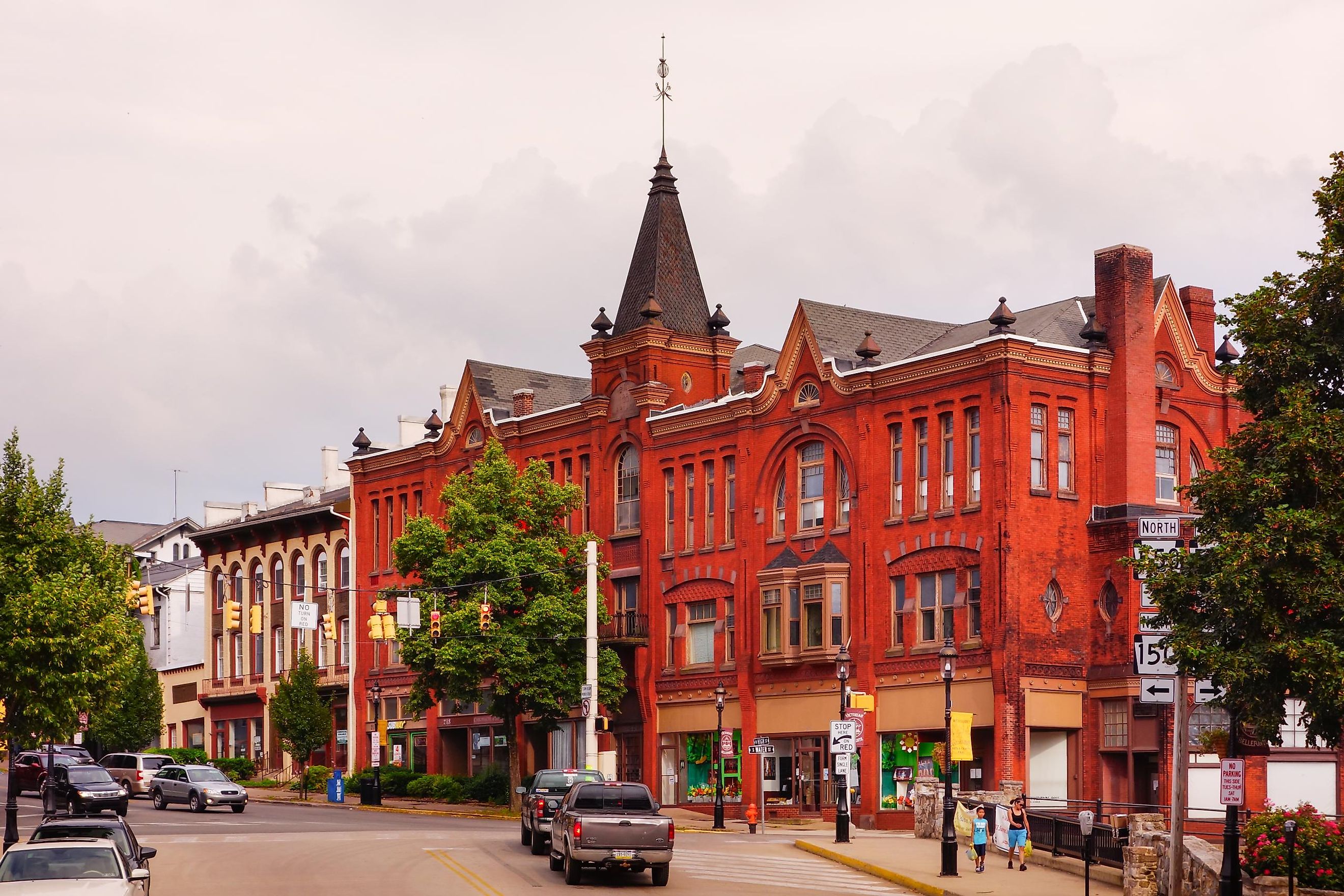
9 Oldest Founded Towns To Visit In Pennsylvania
The state of Pennsylvania is a vibrant place with a rich history. Today, it is one of the most populous states in the US and is home to some of America’s best cities like Philadelphia and Pittsburgh, in addition to hosting one of its top higher institutions of learning, the University of Pennsylvania, which was founded by Benjamin Franklin.
King Charles II of England granted a charter to William Penn to establish the colony of Pennsylvania in 1681, making Pennsylvania one of the original thirteen colonies. William Penn was a Quaker and the son of an admiral. The king named the colony after William Penn’s father. Pennsylvania became a safe harbor for Quakers, escaping religious persecution and became known for its fierce commitment to religious liberty.
The Continental Congress met in Philadelphia, and it was at Independence Hall that the Declaration of Independence was debated and signed in 1776. This is also the home of the famous Liberty Bell, which started as a signal and later became a symbol, deriving its name from abolitionists who fought to bring an end to slavery. It is on display at the Independence National Historical Park.
Outside the big, lively cities, which tend to receive all the attention, there are nine, especially unique, small towns that are some of the oldest in the state. Put on your mental walking shoes and join me on a tour of some of the oldest towns in Pennsylvania.
Chester
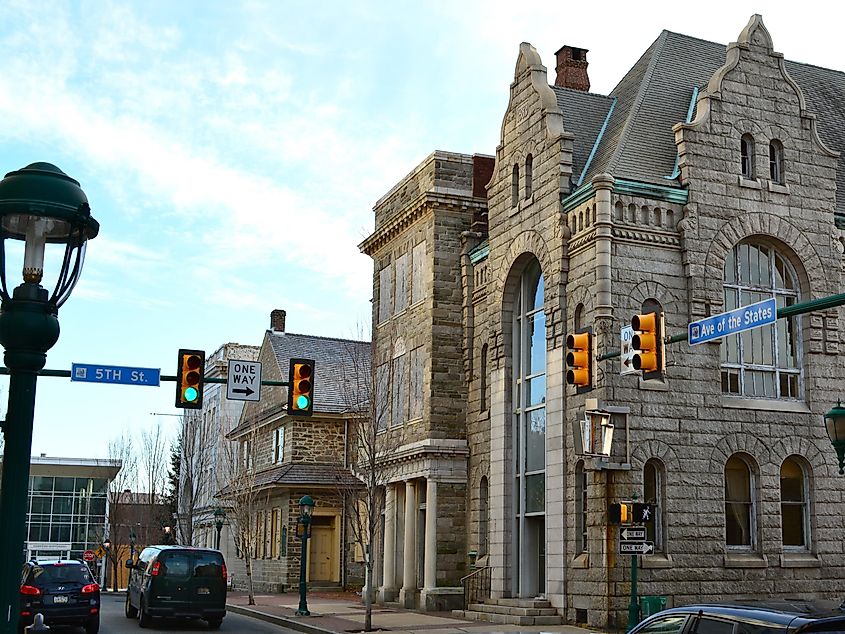
Located on the western bank of the Delaware River, and first settled in 1644, Chester is the oldest town in Pennsylvania. This is the site where William Penn first landed and named the town after a city in England. Once a village centered on wooden shipbuilding and textile factories, it matured into an industrial hub, manufacturing steel for ships during the Second World War. The town experienced economic decline after the war and never really recovered. In the late 20th century, it was known as a small “sin city”, plagued by drugs. Now in the 21st century, there are efforts and building projects underway to revitalize the town (Chestercity.com). Old Swedes’ Church (Gloria Dei Church), built in 1677, is one of the premiere landmarks in the town and is also one of the oldest churches in the US.
New Castle

The town of New Castle, located along the Shenango River was settled in 1798. Originally the area was part of the “donation lands” set aside for veterans of the Revolutionary War. The town was officially incorporated in the mid-1800s and was a major hub of the Pittsburgh and Lake Erie Railroad. In the early 20th century as more railroad lines were connected between New Castle and Pittsburgh, factories and foundries sprung up in the town and one local company, Shenango China produced a fine line of china for the White House. Their dinnerware was used by Presidents Eisenhower and Johnson. Today it is known as the “Fireworks Capital of America”, as they put on a major pyrotechnics show every 4th of July (vistapa.com).
Bristol
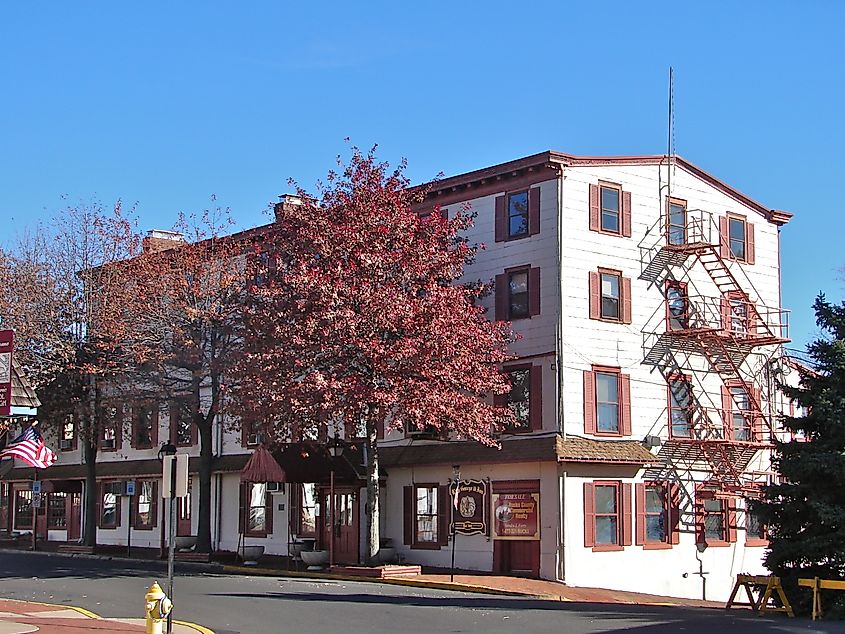
First settled in 1681, Bristol still has the same wooden sign at the gateway to the town with the motto, “Welcome Friend” written on it. This was originally designed to greet Marquis de Lafayette on his Farewell Tour of America in 1824 and still serves as the town's motto today. The town lies on a route connecting Philadelphia and New York City and as a result has hosted many notable travelers over the years. The town would go on to play a pivotal role in the American Industrial Revolution. Situated along the Delaware River, a canal was created to ship coal around the state. In World War I Bristol built ships and in World War II they built planes. Today the charming town has made great efforts to preserve its historical buildings. The Grundy Museum is a Victorian era landmark home that’s worth visiting (bristolborough.com).
Easton

The land that would later become Easton, was part of the now notorious Walking Purchase of 1737 from the Delaware Indians. During the French and Indian Wars, Easton hosted peace councils. At the time of the American Revolution the town was an outpost, and the Declaration of Independence was read on July 8, 1775, on the steps of the courthouse. The town was settled in 1752 and has long been a center for industry in the region, as the area is rich in natural resources (Britannica.com). The Bachmann Public House, built in 1753 by Jacob Bachmann and his wife is a local landmark, worth visiting. A few key figures in the American Revolution stayed here at the inn and tavern including, John Adams, William Ellery, William Whipple and George Taylor (sigalmuseum.org).
Honesdale
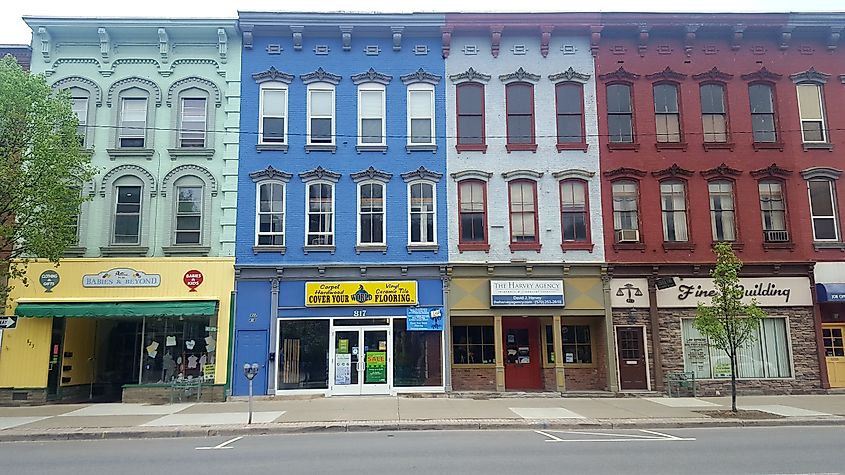
Settled in the early 1800s, the town of Honesdale would become known for being the “Birthplace of the American Railroad.” Like many towns in the area, Honesdale was originally a coal mining town. In 1829 the “Stourbridge Lion,” was the first locomotive in the US to run on rails and was first tested in Honesdale. That train is now on display in DC at the Smithsonian. The town was also a dairy and farming center and became popular due to nearby ski resorts (Britannica.com). When visiting be sure to check out the Stourbridge Lion replica, which is located where the first commercial steam train ran.
Bedford
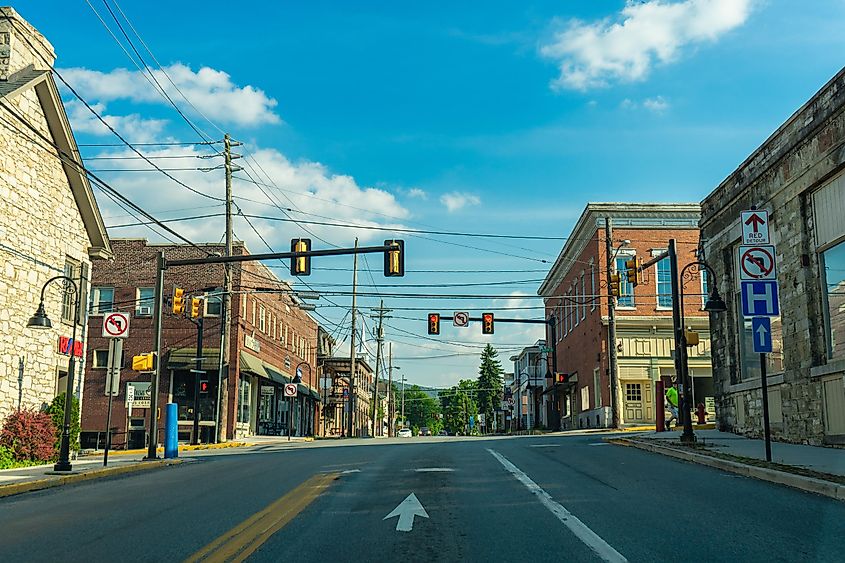
First settled in 1750, Bedford was then called Raystown, after settler and Scottish trader, John Wray. In 1758 Fort Bedford was constructed and named after John Russell the 4th duke of Bedford. The fort was a supply base used by the British during their colonial campaigns. The town was established in 1766 and over the years several notables would pass through. In 1794 President George Washington stopped over in Bedford and President James Buchanan used to summer in nearby Bedford Springs, a local hot spring. The area became known as the Summer White House by the press, at the time (Britannica.com). When visiting make sure to take a tour of Fort Bedford.
Bellefonte
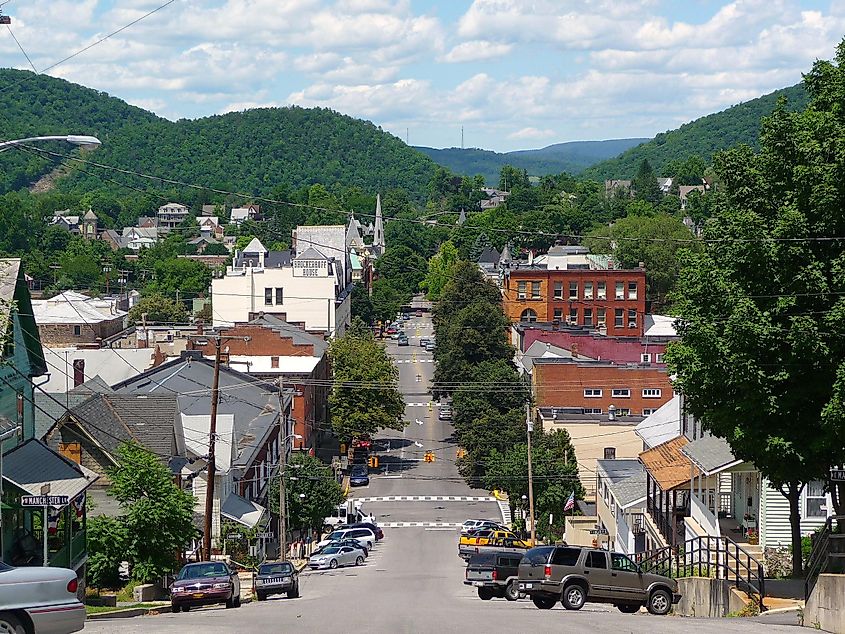
Settled in the late 1700s, Bellefonte is home to many well-preserved examples of Victorian architecture. The building of those homes was spurred on by the town’s prosperity in the 19th century. The Plaza Theater and the Garman Opera House are two period buildings that deserve a visit. Another historical landmark is the Bellefonte Academy, founded in 1805, lays claim to being one of the first academies in Pennsylvania. Nestled in the Allegheny mountains, the town is known for its mineral springs. It also boasts of being the home of seven state governors and was once a hotbed of industry and politics. Today Bellefonte is home to the headquarters of the American Philatelic Society (bellefontechamer.org).
Columbia
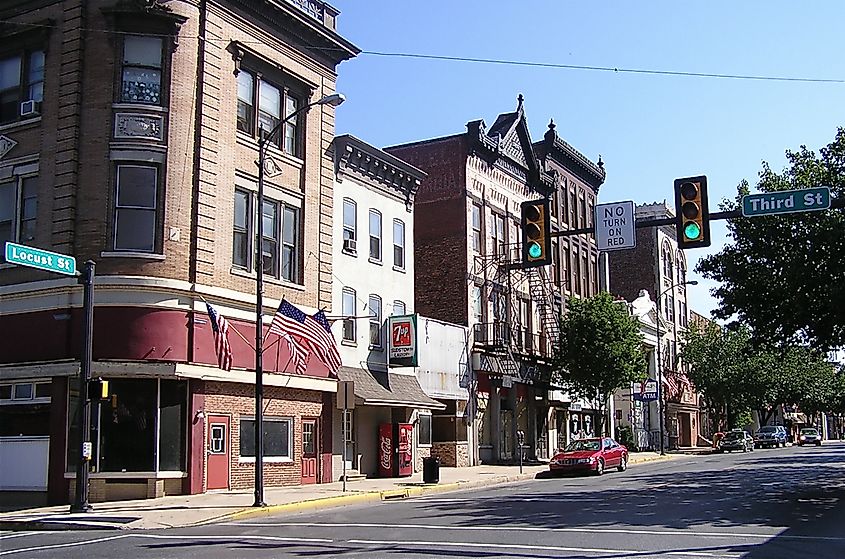
The town of Columbia lies along the Susquehanna River and was first settled in 1726. Settled by John Wright, a ferryman and judge, who first came to the region as a Quaker missionary to the Native Americans. In the late 1700s the early American government considered Columbia as the home for Congress and the US capital. During America’s slavery era, the town was a stop on the Underground Railroad, helping escaped slaves reach freedom (Britannica.com). Be sure to see the Columbia-Wrightsville Bridge. Built in the 1930s, it is the second longest covered bridge in the US.
Lewisburg
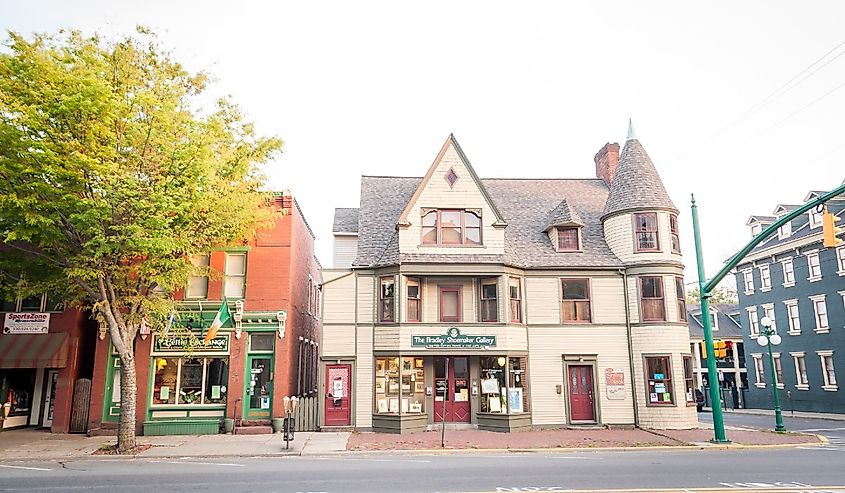
There’s a mystery at the center of the town of Lewisburg. The town was founded in 1785 by Ludwig Deer, who had purchased land from William Penn’s family. Deer became close with many of the indigenous people and had a positive relationship with the Native Americans of the region. One day however, Deer disappeared. His family searched for him, but he was never found. With its proximity to the Susquehanna River, the town became a center for logging and shipping. The historic downtown is quite charming with many landmarks, including Chamberlin Iron Front Building, Packwood House-American hotel, and Reading Railroad Freight Station (lewisburgborough.org).
Oldest Small Towns of PA
If one is a history-lover and an admirer of the architecture from the Colonial period and later the Victorian era, these towns in Pennsylvania should be on the list to explore. Presently, many of these villages are full of quaint historic districts with fine restaurants, boutique shopping and charming inns, but many on this list were once host to pivotal moments in early American history and deserve to be preserved, remembered, and experienced.

